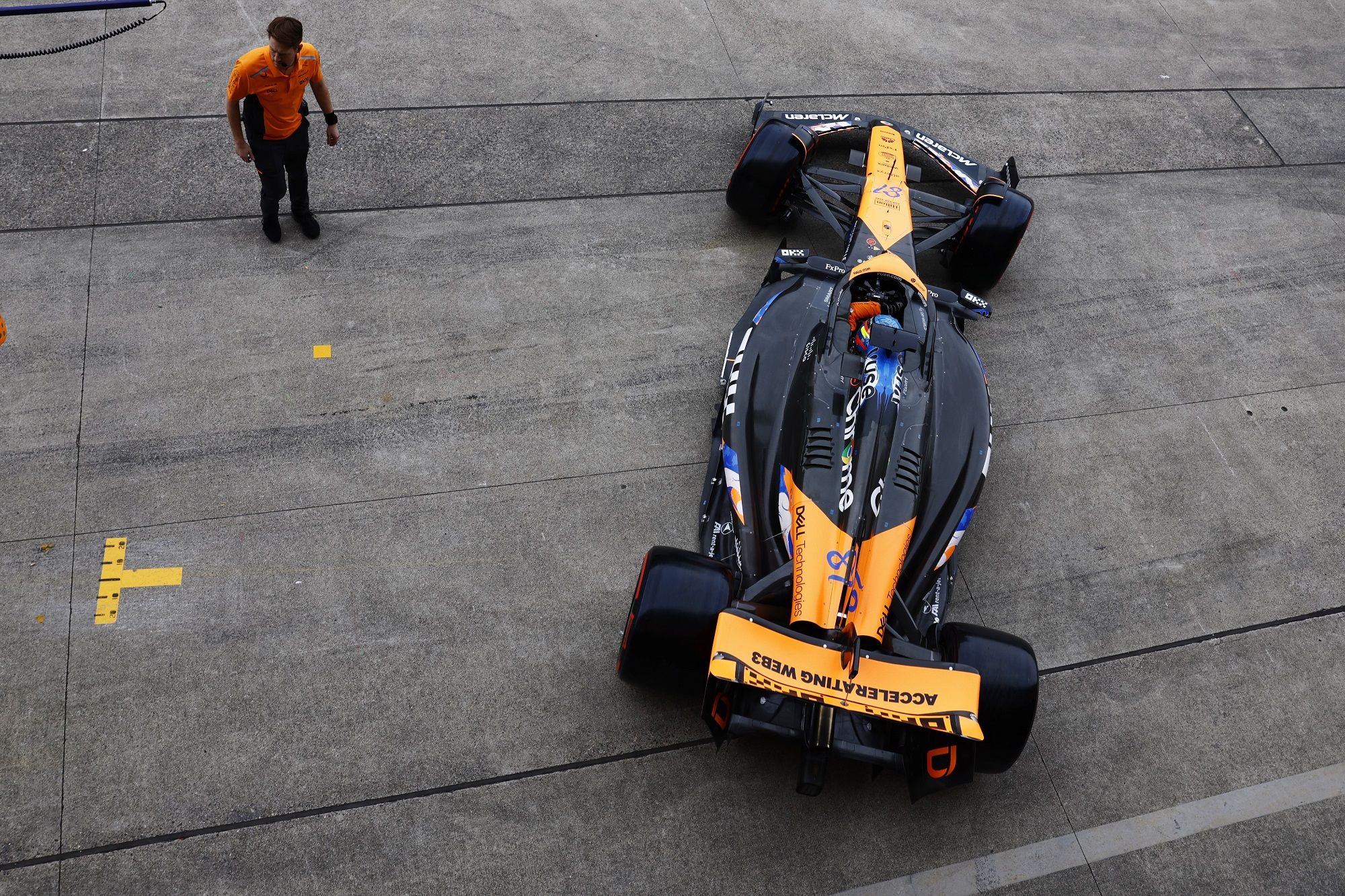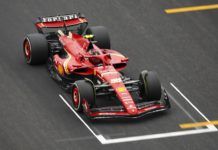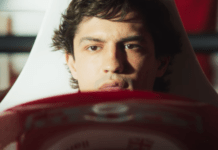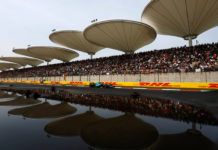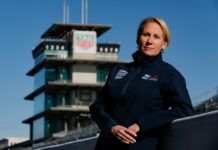F1 team bosses share their thoughts on getting right people at the right time and in the right position after the debacle with David Sanchez.
Having announced Sanchez in a director role last year, McLaren welcomed him this year with a strong message. But after few months, the team surprised with another announcement of them coming to a mutual decision to part ways.
McLaren had to wait for a year to get Sanchez from Ferrari after him serving his gardening leave. But the moment they understood that he is above the role he was presented, they mutually decided to part ways as he felt his work was below his standards.
Team boss Andrea Stella realised this and was swift into action as he explained how they managed it and shuffled people within the company. Other F1 team bosses shared their opinion on how they manage personnel in a dynamic situation.
Here’s what Stella said and views of other F1 team bosses too –
Andrea Stella: “Formula 1 is a dynamic environment, it evolves very rapidly. We looked at how we can create the most efficient and the most effective organisation. We took a look, together with David, effectively at what was the best configuration and also what was his best interest. I think compared to when we agreed for him to join from Ferrari, we had some change of context. We thought together that he needed to have some fair opportunities, potentially with a bigger role that I’m sure he deserves and he would fill with full qualities, potentially at some other teams. So we looked at the most effective configuration and we saw that there was an important role for Rob Marshall (chief designer) and Neil Houldey (technical director – engineering). So we are happy with how we are heading into the future from a technical point of view, and definitely we wish David all the best for his future endeavours.
“We all agreed that the model itself is very valid, we are very happy to have three directions: aerodynamics, engineering and performance, this works very well. But when you need to find the technical configuration, you also need to make sure that it plays to the strengths of the players. As I said, we had conversations with David about this topic and we realised and acknowledged that his level of seniority, expertise, competence is potentially even more senior than the role that he was having at McLaren. Three months in normal industries is not a long time, but in Formula 1 it is a long time. Waiting another three months can put you off-phase with some of the work for next year’s car or the work you need to do already on the 2026 car. And this is valid for David as well, to give him fair chances somewhere else to have bigger roles, three months can make the difference. So, we thought that was the right time and we came to an amicable, friendly conclusion that it was the right thing to do.”
James Vowles: “I think the first thing is a year is a long time in our sport, but that’s how long we’re typically waiting now for top tier talent to come in. We’re in the same position. We have many hires that we’ve made, but it’ll be a while before they come in. So you have to keep moving. You have to keep developing the organisation around that. And I don’t know the specific case with McLaren, but it may well be that they’ve had to bring the organisation up to speed, because fundamentally we’re in a very close fought race between all of us and that migrated the role from something different.
“The key behind it is creating enough structure that you can, when you have good hires coming in, that they can slot into an organization without that role disappearing, which is, I hope, what we’re creating for the future. It’s why I keep talking about 24 and 25 aren’t the most important years. What’s important is creating long-term stability and foundations onwards from that. And a key part of that is creating roles and structure that you know are going to be correct in two years, not today.”
Ayao Komatsu: “Yeah, it is quite challenging. So for instance, when I took over in the 10th of January, I had to look at, OK, with the restructuring, how many senior positions we can fill internally. And if the answer was, let’s say, only 50%, I had to review that restructure. But when I looked at it, I realised that we can fill 90% of that with internal promotions or repositioning people. So you really got to understand each one’s capability, even the character, how each people work together in terms of an organisation.
“So it’s very challenging, but luckily, I always believed we had good people. OK, we don’t have many people, but we had good people. So at least to restart the organisation, I could do it 90% internally. But yes, at some stage, we need to start hiring external senior engineers. At that point, it’d be challenging. it’s not easy but I think each organisation is very different. You’ve got to really look at your own case and then find your own solution.”
Bruno Famin: “Yeah, I think an organisation is something very dynamic. It’s not frozen anymore. I think we need to adapt the organisation to what we want to do with the processes, for sure. The tools, the technology evolve on a permanent basis, let’s say. And depending on the people we can hire or not, depending on the weakness you want to work on, you can make an evolution of the organisation. And yeah, it’s a bit like the cars now. It’s very dynamic and it’s non-stop. It’s an endless process, in fact, hiring people, adapting the organisation, and I think we are all on it.”
Toto Wolff: “Yeah, there’s not really much to add to what has been said. An organisation is a dynamic structure that can change a lot from one year to the other and then obviously there’s a human component also and all that plays a factor and I think you’ve got to be agile. You’ve got to be able to change decisions or revert to other decisions if you feel that they are not the right ones anymore. And without knowing the specifics of that case, I’m not surprised. In the conventional business out there, that happens all the time.”
Here’s Lando Norris explaining his qualifying issues
Here’s Lando Norris on team reviewing Japanese GP
Here’s Oscar Piastri on clash with George Russell and Fernando Alonso’s tactics
Here’s link to a F1 Discord channel, join in to interact

